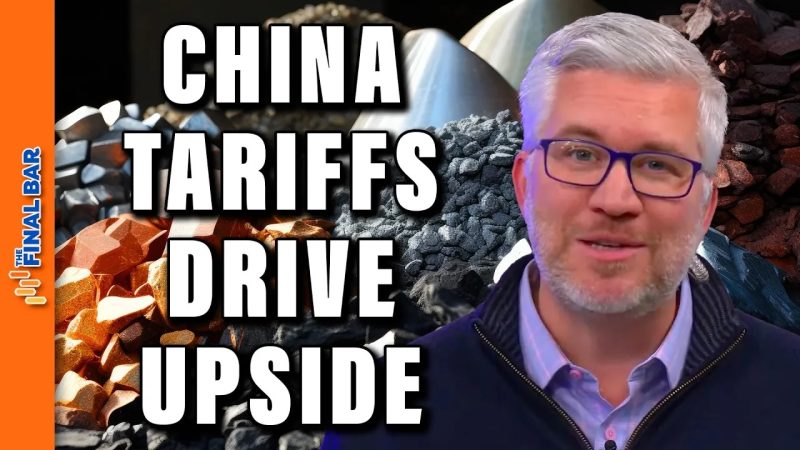Rare Earth Minerals: The Backbone of Modern Technology
Rare earth minerals have become indispensable components in today’s modern technological landscape. From smartphones to electric cars, these elements play a crucial role in advancing various industries. However, the recent imposition of tariffs by China on rare earth minerals has sparked concerns and created opportunities for alternative sources. This article delves into the significance of rare earth minerals, the impact of the tariffs, and the potential upside for diversifying the supply chain.
The Importance of Rare Earth Minerals in Technology
Rare earth minerals comprise a group of seventeen elements crucial for the production of a wide array of technology products. Cerium, neodymium, and lanthanum are just a few examples of these valuable minerals that are used in the manufacturing of electronics, magnets, batteries, and much more. The unique properties of rare earth minerals, such as their magnetic and luminescent characteristics, make them irreplaceable in many high-tech applications.
With the rapid advancement of technology, the demand for rare earth minerals has soared in recent years. As a result, these elements have become essential raw materials for global industries, driving innovation and economic growth. However, the heavy reliance on a single source for rare earth minerals poses significant risks, as seen in the recent trade tensions between China and other countries.
Implications of China’s Tariffs on Rare Earth Minerals
China is the leading producer of rare earth minerals, accounting for a significant portion of the world’s supply. In response to trade disputes, China has imposed tariffs on rare earth minerals, causing disruptions and uncertainties in the global market. The tariffs have heightened concerns about the vulnerability of the supply chain and the potential impact on industries heavily reliant on these minerals.
The imposition of tariffs by China has highlighted the importance of diversifying the sources of rare earth minerals to mitigate risks and ensure stable supply chains. Countries and industries around the world are now seeking alternative suppliers and exploring new ways to reduce dependency on a single source. This shift towards diversification not only offers strategic advantages but also opens up opportunities for emerging markets to enter the rare earth minerals sector.
Upside for Diversifying the Supply Chain
The recent developments in the rare earth minerals market have presented an upside for diversifying the supply chain and exploring new sources of these critical elements. By reducing reliance on a single supplier, countries and industries can enhance their resilience and minimize the impact of geopolitical tensions and trade disputes. Diversification also promotes healthy competition, innovation, and sustainable practices in the rare earth minerals industry.
Exploring alternative sources of rare earth minerals, such as recycling, mining in new regions, and investing in research and development, can lead to a more secure and sustainable supply chain. It also creates opportunities for countries with untapped reserves of these elements to emerge as key players in the global market. By fostering collaboration and investment in diverse sources of rare earth minerals, stakeholders can build a more resilient and inclusive supply chain for the future.
In conclusion, rare earth minerals are the backbone of modern technology, driving innovation and progress across various industries. The recent tariffs imposed by China have underscored the importance of diversifying the sources of these critical elements. By exploring alternative suppliers, investing in research and development, and promoting sustainable practices, countries and industries can build a more secure and resilient supply chain for rare earth minerals. This shift towards diversification not only mitigates risks but also unlocks new opportunities for emerging markets to thrive in the global market.

